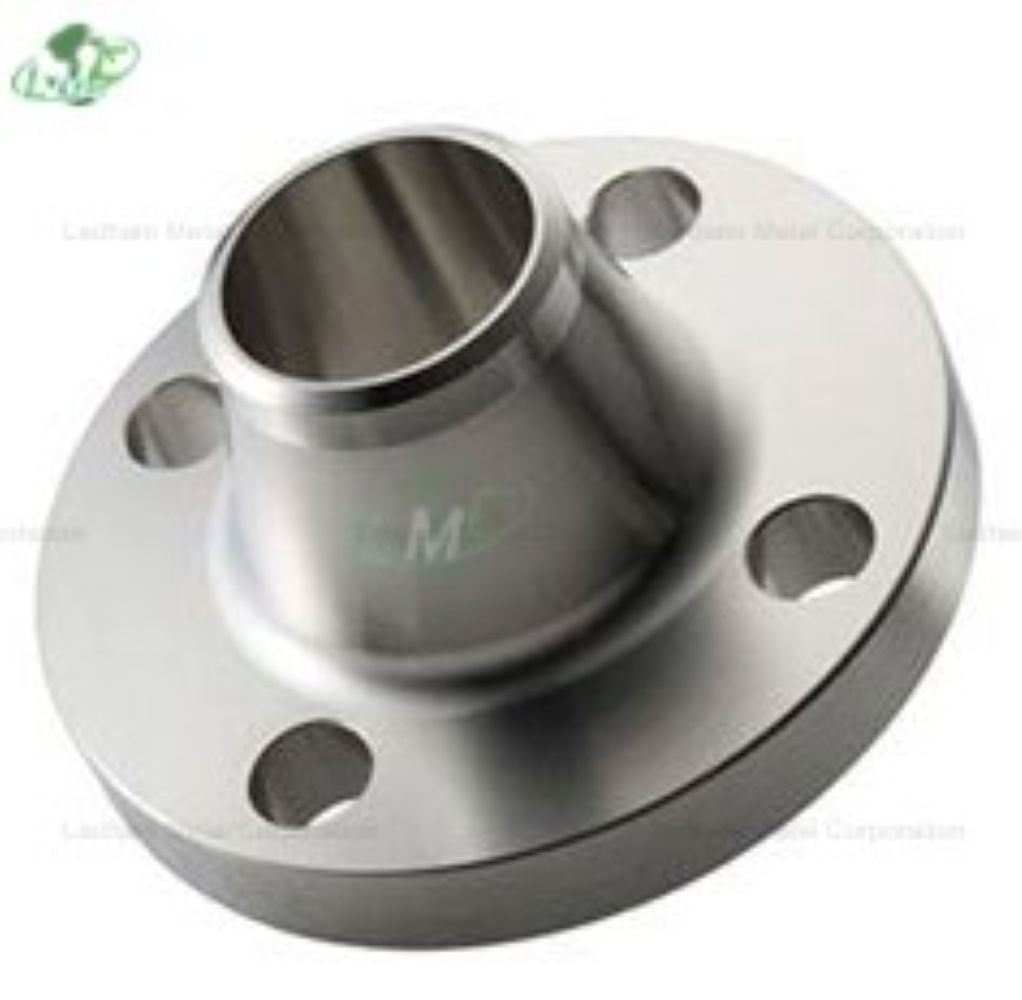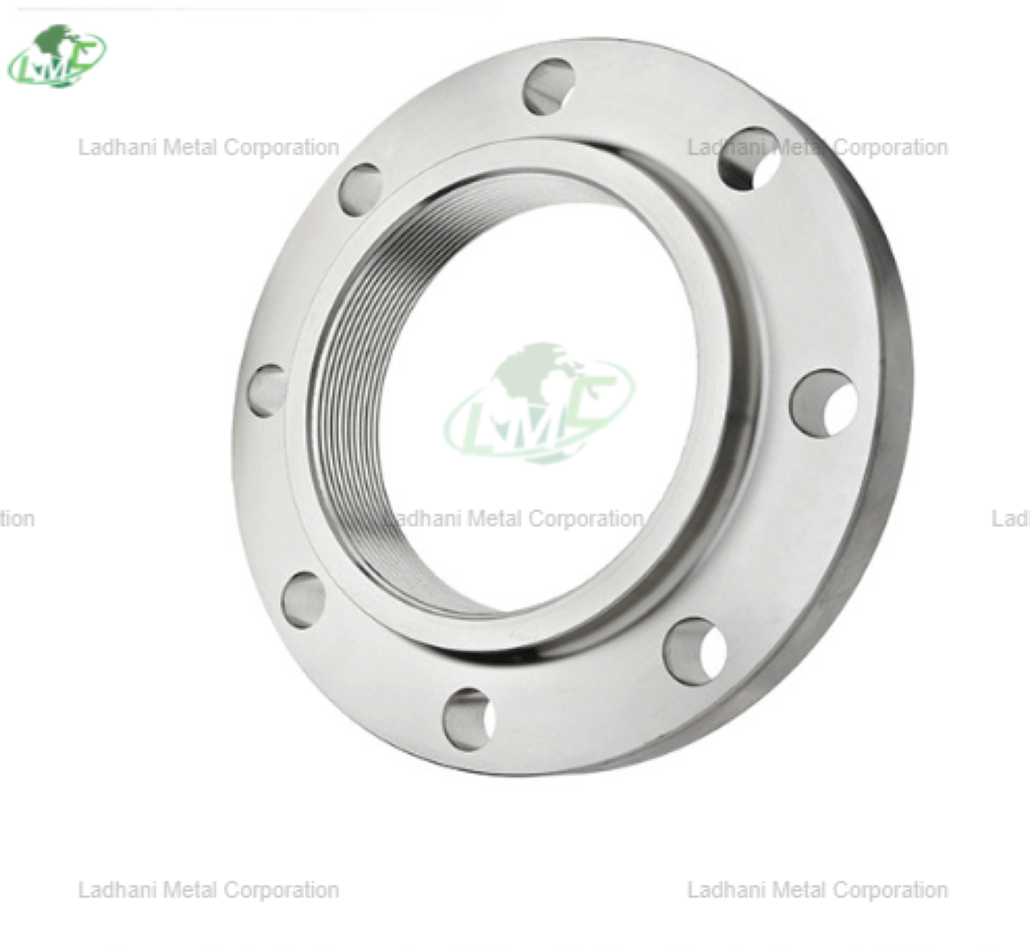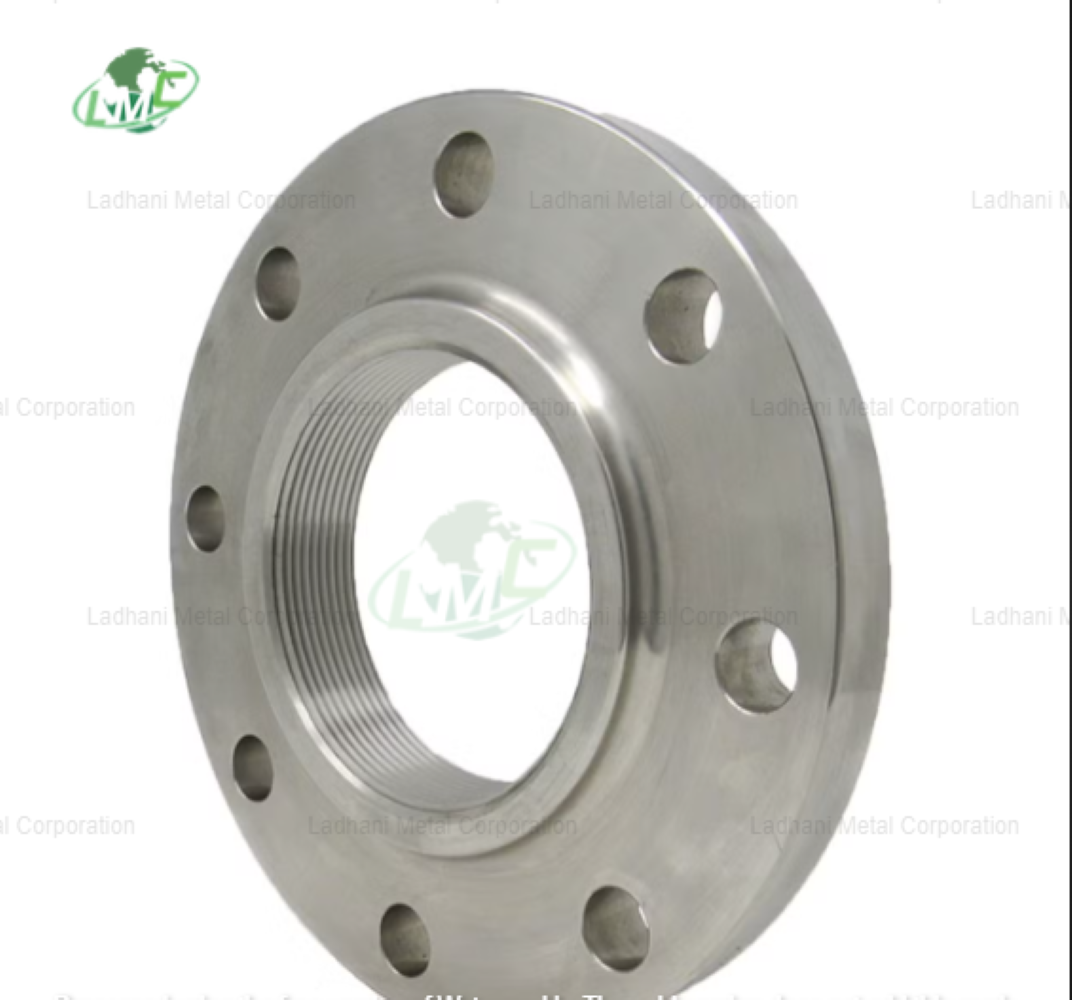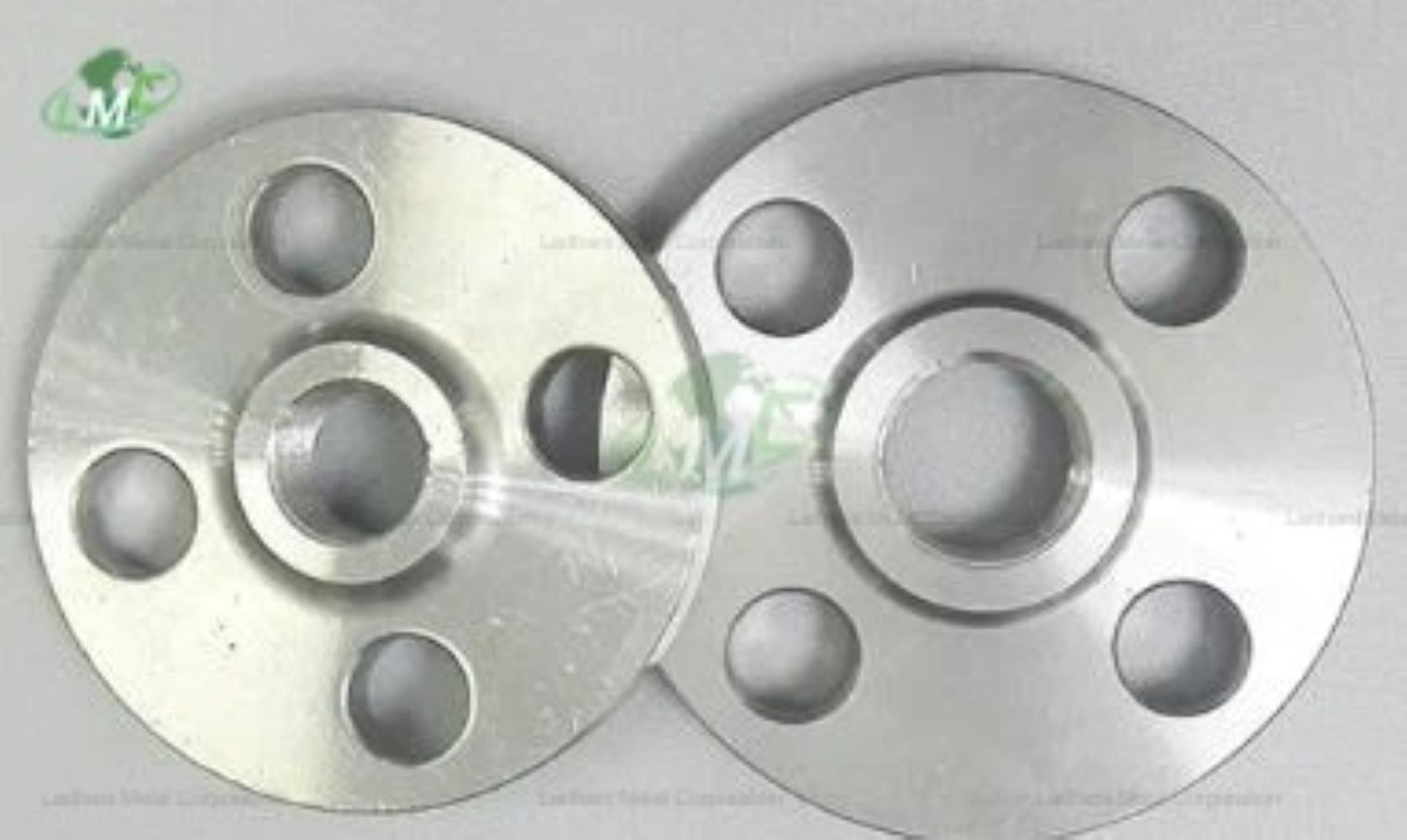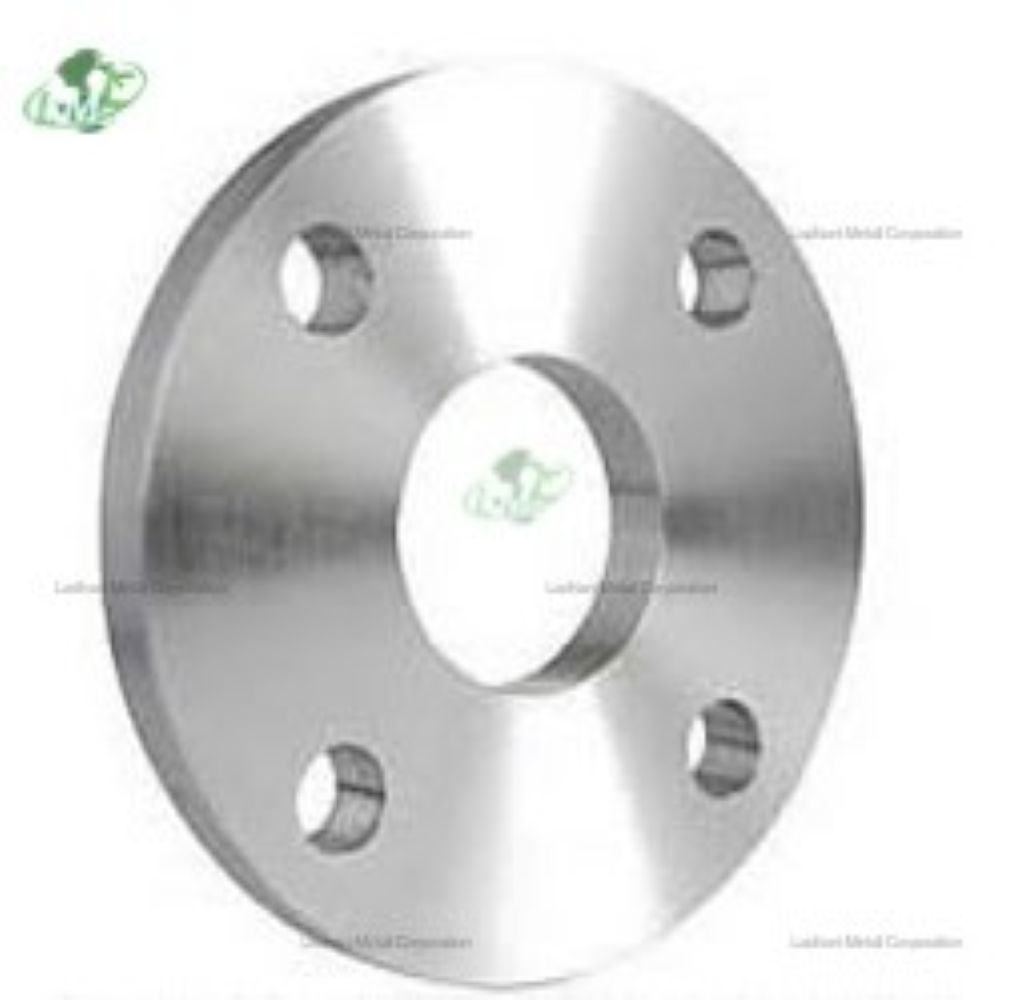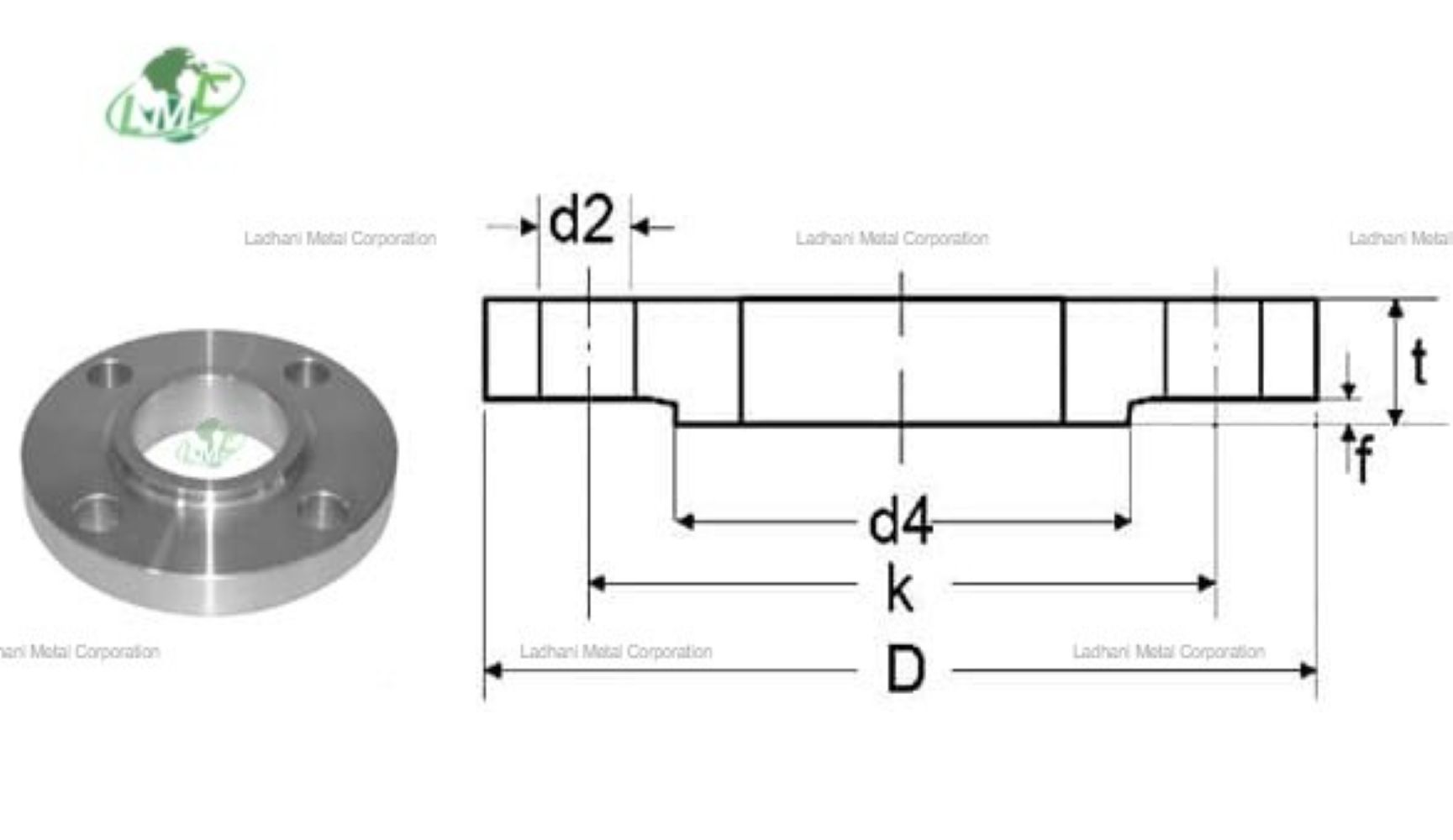Duplex Flange
DIN 2545 duplex flanges are designed to provide exceptional strength and corrosion resistance in demanding industrial applications. Ladhani Metal Corporation offers these high-quality flanges made from duplex stainless steel, which combines the best features of both austenitic and ferritic structures. This unique material provides superior resistance to pitting, crevice corrosion, and stress corrosion cracking, making it ideal for use in harsh environments. With a pressure rating of PN 40, these flanges are capable of handling pressures up to 40 bar, ensuring safe and reliable performance in industries such as chemical processing, oil and gas, marine, and offshore platforms.
Types of DIN 2545 Duplex Flanges:
Flat Face Flanges (FF) – These flanges have a flat surface that facilitates a uniform distribution of the sealing force, making them ideal for low-pressure applications or systems where a secure seal is essential.
Raised Face Flanges (RF) – Featuring a raised face around the bolt holes, these flanges provide a higher sealing pressure, ensuring a more reliable seal, especially in higher-pressure environments.
Ring-Type Joint (RTJ) Flanges – Designed with a groove for a metal sealing ring, these flanges are suitable for use in applications requiring high pressure and high temperature resistance.
Grades and Chemical Composition:
-Duplex 2205 (UNS S32205)
Chemical Composition:
Cr: 22%, Ni: 5-6%, Mo: 3%, N: 0.14-0.2%, Fe: balance
Duplex 2205 is the most common duplex stainless steel grade. It offers excellent corrosion resistance in chloride environments, making it suitable for applications like seawater, chemical, and petrochemical processing. The combination of austenitic and ferritic phases gives Duplex 2205 higher strength compared to austenitic stainless steels, along with improved resistance to pitting and stress corrosion cracking.
Super Duplex 2507 (UNS S32750)
Chemical Composition:
Cr: 25%, Ni: 7%, Mo: 4%, N: 0.27%, Fe: balance
Super Duplex 2507 is a higher alloy version of Duplex 2205, offering superior resistance to chloride stress corrosion cracking, pitting, and crevice corrosion. It is used in more aggressive environments, such as offshore oil and gas applications, where the material must withstand high pressures and corrosive conditions. Its higher molybdenum and nitrogen content enhances its performance in severe environments.
PN 40 Pressure Rating:
The "PN" in DIN 2545 refers to the pressure rating, and PN 40 indicates that the flange is designed to handle pressures up to 40 bar. This ensures that the flange is robust and reliable under high-pressure conditions, maintaining secure and leak-proof connections in critical applications.
Applications:
Oil and Gas Industry: These flanges are widely used in offshore and onshore pipelines, pressure vessels, and other critical infrastructure in oil and gas exploration, extraction, and transportation.
Chemical and Petrochemical Industry: Due to their excellent resistance to corrosion, especially in acidic or chloride-rich environments, they are ideal for use in reactors, heat exchangers, and pipelines handling chemicals and petrochemicals.
Marine and Offshore Applications: Duplex flanges are highly resistant to seawater corrosion, making them ideal for use in marine environments, such as shipbuilding, offshore rigs, and seawater cooling systems.
Water Treatment Plants: These flanges are used in systems that handle aggressive water environments, ensuring durability and long service life in water and wastewater treatment applications.
Power Generation: In power plants, these flanges are used in steam lines, cooling systems, and heat exchangers, where strength, corrosion resistance, and high-pressure capabilities are critical.
Pharmaceutical Industry: These flanges are used in systems requiring sanitary conditions and resistance to aggressive cleaning solutions, such as in the transportation of chemicals or in reaction vessels.
Key Benefits of Duplex Flanges (PN 40):
Exceptional strength and corrosion resistance.
Resistance to pitting and crevice corrosion.
Excellent performance in harsh environments.
Cost-effective compared to higher-grade materials for similar applications.
DIN 2545 Duplex Flanges (PN 40) are a reliable choice for high-pressure applications in industries that demand both high performance and durability.
#din2545
#din2545flanges
#din2545duplexflanges
#flanges
Send Message


